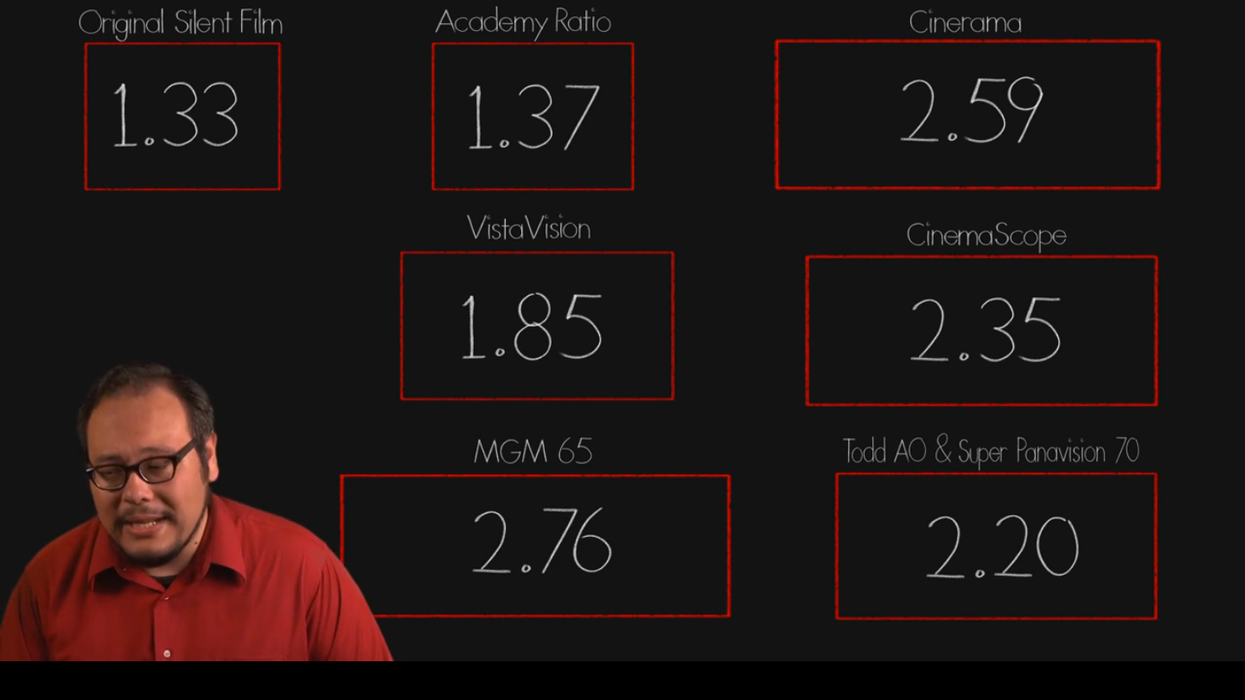How often do we think about aspect ratios? Better yet, how often do we think about where all of our aspect ratios came from and the storied cinematic histories from which they were born? It's an interesting question, not only for the sake of being more informed about the technical history of cinema, but also for having a better understanding of the implications of various aspect ratios on your film's aesthetic and story. Hit the jump for an extensive video lesson on the history of the aspect ratio.
Filmmaker IQ has produced an awesome and in-depth course called "Everything You Need to Know About Aspect Ratio". The first lesson from their course is a sprawling 18 minute exposé with all of the aspect ratio history you could ever want. Check it out below.
Aspect ratios are a tremendously powerful tool for cinematographers, and fully understanding their technical and aesthetic implications can take years. While we won't get into the ins and outs of framing for different ratios in this lesson (we'll cover that next time), the perspective provided by the video is invaluable for young filmmakers looking to bolster their knowledge and gain some historical perspective on their craft.
Additionally, even though most of these ratios came to fruition out of various industry and technical dilemmas in the 50's and 60's, any and all of these can still be used today with the ease of letterboxing and pillarboxing footage in your NLE. However, at a time when it's incredibly easy to experiment with aspect ratios, it's more important than ever to make sure that the ratios you use are using are in support of the content that you're creating.
What do you guys think? What are your favorite aspect ratios and why? Let us know in the comments!
Links:
- The Changing Shape of Cinema: The History of Aspect Ratios - Filmmaker IQ
- Everything You Need to Know About Aspect Ratios -- Filmmaker IQ












